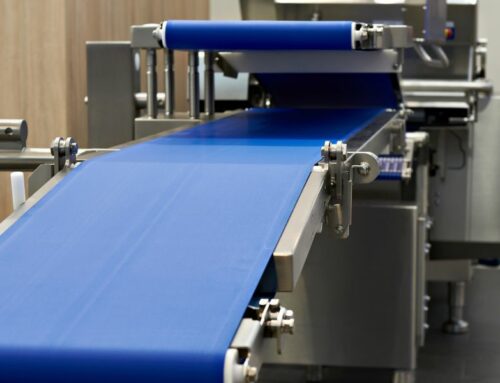
Alternative methods of transporting items to the surface may exist, but they aren’t as efficient as underground conveyor systems. An underground conveyor system is quick, safe, dependable, and produces minimal emissions. Follow along with this quick overview of underground conveyor systems to understand how vital they are to any operation below the surface.
Requirements of an Underground Conveyor System
Working in the depths of the underground is extremely strenuous and dangerous. Between the scorching temperatures, enclosed spaces, and poor lighting, you and your conveyor system can experience many problems. Commonly, these conditions harm motors, bearings, reducers, and belts. Thus, underground equipment must be capable of long-term and dependable operation.
The most explicit threat when working underground is a fire breaking out. As a result, MSHA regulations give fire prevention strategies comprising conveyor system components, particularly conveyor belt materials. Most underground conveyor belts must meet MSHA Part 14 fire-resistance criteria, which means the belts must be flame-resistant.
What You Can Expect
Underground conveyor systems are just one component of a larger operation for transferring mined rock and mineral deposits. Most underground conveyors are compact for optimum capacity and high-speed travel.
Tensile strength is yet another important consideration for conveyor belts. Belt breakdown is very risky and will result in costly downtime. As a result, it is critical to select belts that surpass the strength requirements established by calculation or measurement.
What Each System Should Have
A standard underground conveyor transports salt, coal, and other materials from its extraction location to the surface. In many instances, this entails a significant shift in elevation, putting extra strain on the system. What comes with your conveyor varies according to the application, but you can count on most underground conveyor systems having the following components:
- The structure contains idler rollers to hold the belt in place.
- The drive unit consists of the motors and other elements that move the belt. Typically, drive units have an alignment-free design to minimize wear and tear, making them more durable.
- The conveyor belt drive links to the drive unit to give the system the torque needed for extraction.
- The transfer chute transfers material below.
- The starter provides power to the motors.
- The tail section is where you put material onto the belt.
- The take-up unit reduces sag, compensates for a continual stretch in the belt, and maintains the tension.
This quick overview of underground conveyor systems gives you an idea of what to expect and look for in your industrial conveyor systems. Redline Systems have led the charge by designing innovative conveyor systems for over four decades. Contact us today if you need a conveyor system you can depend on for many years; we are the experts you seek!



